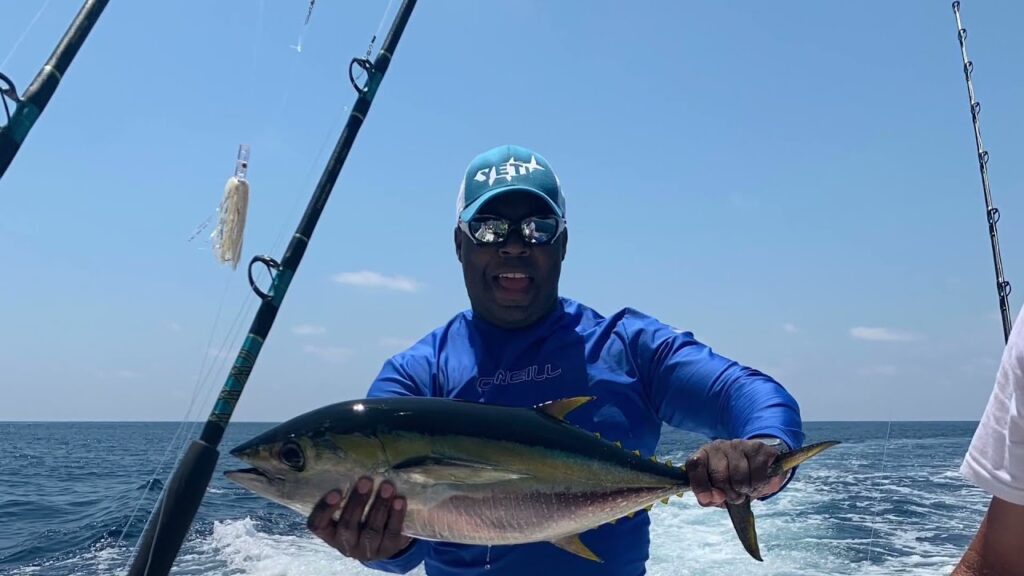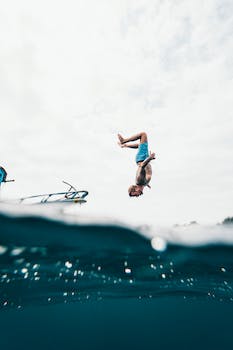Mastering the Art of Kayaking: Techniques Every Paddler Should Know
Kayaking is a thrilling and adventurous water sport that allows you to explore the beauty of rivers, lakes, and even the open ocean. While it may seem simple at first glance, mastering the art of kayaking requires skill and technique. Whether you are a beginner or an experienced paddler, there are fundamental techniques that every kayaker should learn. In this article, we will explore these techniques and discuss why they are essential to your kayaking journey.
1. Proper Paddle Grip:
Before embarking on any kayaking adventure, it is crucial to understand the correct paddle grip. A firm yet relaxed grip will ensure efficiency, control, and prevent fatigue. Hold the paddle with your hands shoulder-width apart, slightly flexed wrists, and your knuckles aligned with the blade edges. This grip will allow you to apply power seamlessly during each paddle stroke.
2. Efficient Forward Stroke:
The forward stroke is the fundamental paddling technique that enables you to move forward efficiently and gracefully. It involves dipping the blade fully in the water, sweeping it back alongside the kayak, and exiting it smoothly. The key to a powerful forward stroke lies in engaging your core muscles, using your torso rotation, and maintaining a high angle of the paddle blade in the water. Practice this technique to minimize effort while maximizing speed and distance covered.
3. Proper Body Position:
Maintaining a proper body position while kayaking is paramount for stability and control. Sit with your back straight, shoulders relaxed, and hips aligned with the seat. Keep your knees slightly bent and your feet resting comfortably on the footpegs. This posture allows you to distribute your weight evenly, preventing unnecessary strain on your lower back and ensuring a more enjoyable paddling experience.
4. Effective Bracing:
Bracing is a technique used to stabilize the kayak when it tilts to one side. It involves extending the non-working blade perpendicular to the water’s surface. To master the art of bracing, engage your core, press down on the same side footpeg as the tilting kayak, and lean your upper body towards the high side. This counteracts the tipping motion, maintaining balance and preventing capsizing.
5. The Art of Edging:
Edging is a technique used to tilt the kayak on its side while maintaining stability. It allows you to navigate smoothly through turns, manage rough water, and control the direction of the kayak. To edge, simply shift your weight to one side, lowering your hip while raising the opposite knee slightly. This action alters the kayak’s stability, allowing you to carve turns efficiently and maintain control during challenging conditions.
6. Safety and Rescue Techniques:
While kayaking is a fantastic adventure, safety should always be a priority. Familiarize yourself with basic safety and rescue techniques such as self-rescue, assisted rescue, and capsize recovery. Knowing how to safely re-enter your kayak, assist others in distress, and recover from a capsize will ensure that you can handle unexpected situations with ease and confidence.
7. Reading the Water:
Understanding and reading the water is essential for any kayaker. Learn to recognize different types of currents, waves, and hazards that may be present in the body of water you are paddling. By observing the water’s behavior, you can make informed decisions, choose the best route, and avoid dangerous situations.
In conclusion, mastering the art of kayaking requires not only a love for the water but also the acquisition of key techniques. By familiarizing yourself with proper paddle grip, efficient forward stroke, body position, bracing, edging, safety and rescue techniques, and reading the water, you can become a skilled and confident kayaker. Remember, practice makes perfect, so get out on the water, hone your skills, and embrace the exhilarating world of kayaking.
![]()









